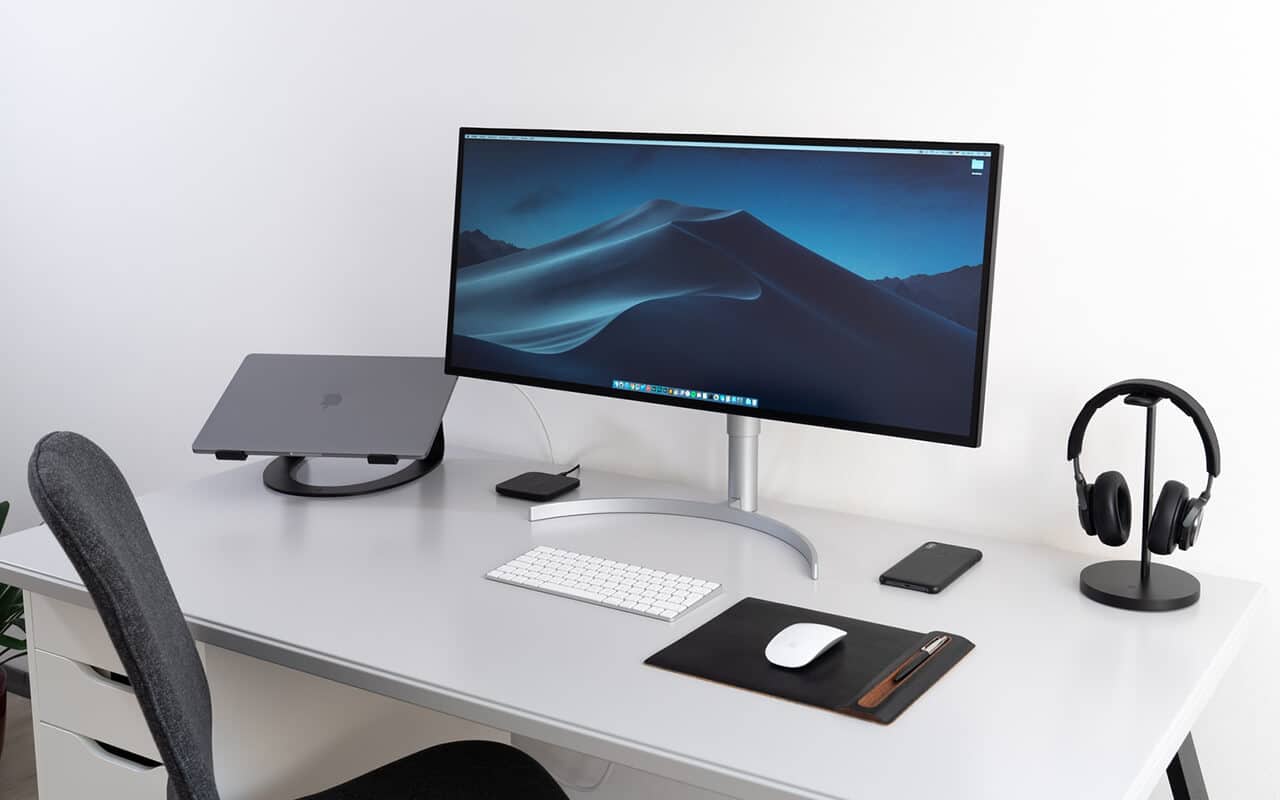Are you frustrated with your keyboard typing backwards on your Windows computer? Don’t worry, you’re not alone. Many users have experienced this perplexing issue, where suddenly their words appear in reverse order on the screen. Fortunately, there are several solutions to help you resolve this problem and get your keyboard back to normal. In this comprehensive guide, we will explore the causes of keyboard typing backwards and provide step-by-step instructions on how to fix it.
Causes of Keyboard Typing Backwards
The keyboard typing backwards issue can be caused by various factors. Understanding these causes can help you identify the appropriate solution. Here are the most common reasons for this problem:
- Incorrectly configured keyboard settings: Sometimes, a simple misconfiguration of keyboard settings can result in typing backwards.
- Outdated or faulty keyboard driver: An outdated or corrupted keyboard driver can cause your keyboard to malfunction and produce reverse text.
- Configuration of the application: Certain applications may have specific settings that affect the typing direction. Incorrect configurations can lead to backward typing.
- Wrong location configuration: In some regions, writing styles vary, with languages that are written from right to left. If your system is configured for such a region, it can cause your keyboard to type backwards.
Now that we understand the potential causes, let’s explore the solutions to fix this issue.
Solution 1: Restart Your Computer
Restarting your computer is often the simplest and most effective solution for various software-related issues, including keyboard typing backwards. Here’s how to do it:
- Save any unsaved work and close all open applications.
- Click on the Start menu or press the Windows key on your keyboard.
- Select the Power option and choose Restart.
- Wait for your computer to reboot and check if the keyboard is now typing correctly.
Solution 2: Check Your Region Settings
Incorrect region settings can cause your keyboard to type backwards. Follow these steps to check and correct your region settings:
- Press Windows and R keys simultaneously to open the Run window.
- Type “Control” in the Open: box and click OK to open the Control Panel.
- In the Control Panel, set the View by option to Large icons.
- Select the Region option (Windows 7 users should look for “Region and Language”).
- In the opened dialog box, click on the Administrative tab.
- Click on the Change system location button.
- Choose your language from the drop-down menu and click OK.
- Restart your system and check if the keyboard typing backwards problem is resolved.
Solution 3: Modify the Keyboard Settings
Sometimes, a keyboard shortcut or accidental setting change can cause the typing direction to reverse. To fix this, try the following:
- Press Ctrl and Left Shift keys simultaneously to switch the typing direction to left-to-right.
- Test your keyboard to see if the issue is resolved. If not, proceed to the next solution.
Solution 4: Update Your Keyboard Driver
An outdated or corrupted keyboard driver can cause various keyboard-related issues, including typing backwards. To update your keyboard driver, follow these steps:
- Right-click on the Start menu icon and select Device Manager from the context menu.
- Expand the Keyboards category.
- Right-click on your keyboard (or the Standard PS/2 Keyboard if no other option is available) and choose Update driver.
- Select the Search automatically for drivers option.
- Wait for Windows to search for and install any available driver updates.
- Restart your computer to apply the changes.
Solution 5: Customize Your Application’s Settings
If the backward typing issue occurs only in specific applications, such as web browsers or word processors, it could be due to application-specific settings. Follow these steps to customize the settings:
- Open the application where you are experiencing the issue, such as Google Chrome.
- In the address bar, type “about://flags” and press Enter.
- Scroll down to find the Force UI Direction option.
- Select Left to Right from the drop-down menu.
- Save your changes and restart the application to see if the problem is resolved.
Solution 6: Run Keyboard Troubleshooter
If none of the previous solutions have resolved the issue, you can use the built-in Keyboard Troubleshooter in Windows to identify and fix any problems. Here’s how:
- Press Windows and I keys simultaneously to open the Settings menu.
- Select Update & Security.
- Click on Troubleshoot from the left panel.
- Scroll down and select Keyboard.
- Click on the Run the Troubleshooter button.
- Follow the on-screen instructions and wait for the troubleshooter to scan and fix any detected issues.
- Restart your computer and check if the keyboard is now typing correctly.
Solution 7: Try Using a Different Keyboard
If none of the above solutions have resolved the issue, there may be a problem with your current keyboard. To determine if this is the case, try using a different keyboard. Connect a spare keyboard to your computer and check if the typing direction is normal. If it is, it indicates that your original keyboard may be faulty or damaged, and you should consider replacing it.
Conclusion
Keyboard typing backwards on Windows can be a frustrating issue, but with the right solutions, it can be easily resolved. By following the steps outlined in this comprehensive guide, you can identify the cause of the problem and apply the appropriate fix. Whether it’s restarting your computer, checking the region settings, or updating your keyboard driver, these solutions will help you get your keyboard back to normal and ensure a smooth typing experience.
If you’re still experiencing issues after trying these solutions, it may be beneficial to seek further assistance from a technical expert or the manufacturer of your keyboard.
Remember, troubleshooting keyboard issues can be a trial-and-error process, so don’t get discouraged if the first solution doesn’t work. Persistence and patience will lead you to a resolution.








